"HEALING" IN ARCHITECTURE - DESIGNING SPACES THAT HARMONIZE BODY AND MIND
In the modern era, where life is increasingly fast-paced and stressful, focusing on mental and emotional health has become an important part of architectural design. The theme of "healing" in architecture is not just about creating comfortable spaces but is also a subtle art of creating environments that support the holistic recovery and development of individuals.
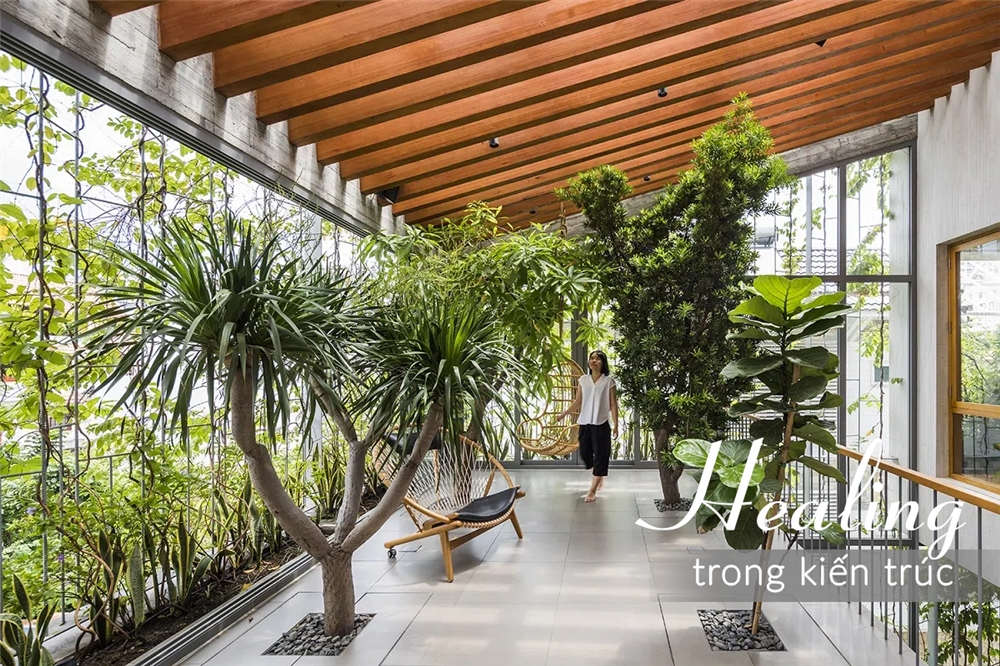
Source: Kienviet.net. Creating open spaces and bringing nature into buildings
1. The Importance and Relevance of "Healing" in Architecture
The concept of "healing" in architecture involves designing spaces that support the psychological and physical health of individuals. These spaces go beyond hospitals and medical areas to include everyday living environments. The goal is to create an atmosphere that helps users feel peaceful, comfortable, and at ease.
Architecture is not just about constructing safe and convenient buildings; it also involves creating living spaces that improve people's health and well-being. Architecture needs to focus on two core elements: safety and comfort. To avoid digressing when discussing the relationship between "healing" and architecture, we can emphasize that the concept of "healing" in architecture is a natural extension of these principles.
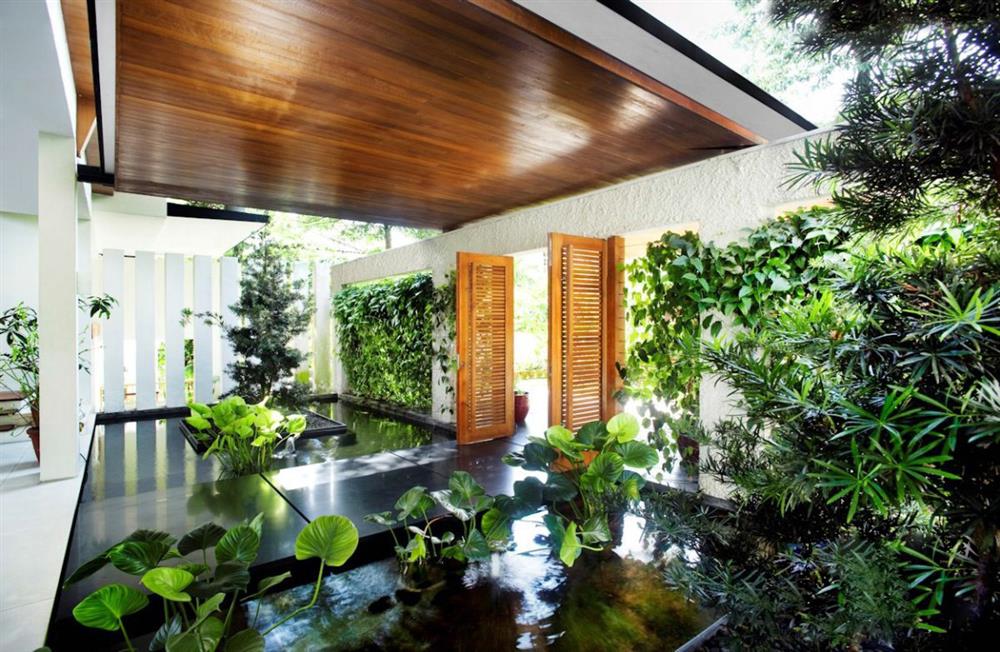
Buildings that bring people and nature closer improve human health and well-being.
To understand more clearly, architectural design should address the following issues:
Safety:
- "Safety design": This includes using fire-resistant materials, designing escape systems, and incorporating disaster-resistant architectural elements. Adhering to building codes and standards ensures user safety.
Comfort:
- "Ergonomics and Accessibility": Designing spaces to be convenient and accessible for everyone, including people with disabilities.
- "Lighting and Ventilation": Optimizing natural light and ventilation to create a pleasant living environment.

The concept of "healing" in architecture can be understood as part of comfort:
The idea of "healing" is not foreign or separate from architecture; it is embedded in the fundamental principles of comfort. Below are more specific examples of how traditional architectural elements meet the goals of "healing."
2. Design Principles for Healing
a. Natural Light
Light plays a crucial role in the feeling of healing. Natural light not only saves energy but also has a positive effect on mood and health. Optimizing natural light through large windows, skylights, and open spaces enhances the feeling of connection to nature and reduces stress.
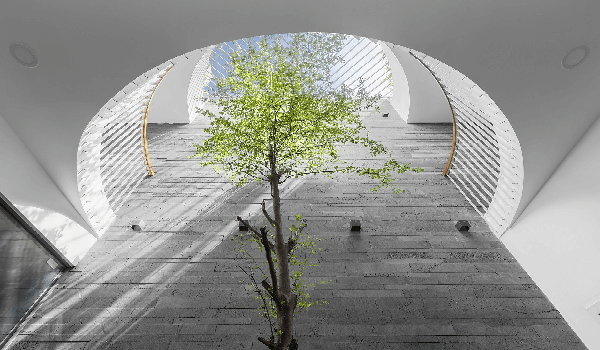
Designing skylights to bring natural light into usable spaces.

Using traditional materials like perforated walls to allow natural light into homes.
b. Materials and Colors
The choice of materials and colors in design also affects people's moods and feelings. Natural materials like wood, stone, and plants not only create aesthetic beauty but also enhance feelings of relaxation and comfort. Soft colors, such as light green, beige, and white, can soothe and create a sense of peace.
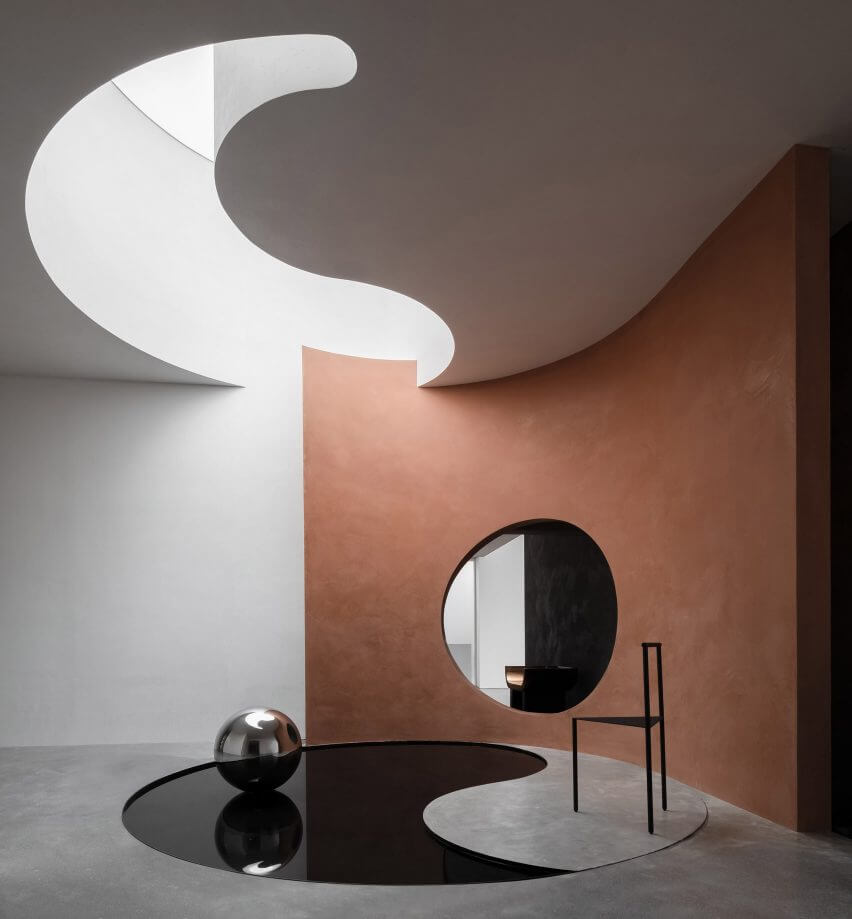
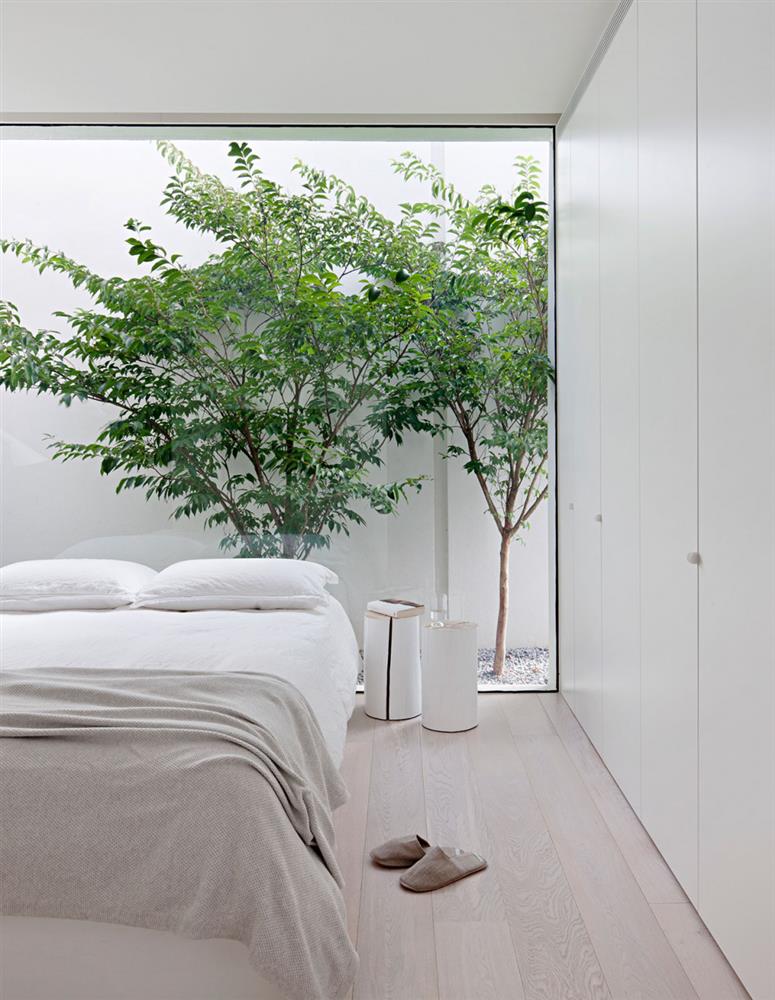
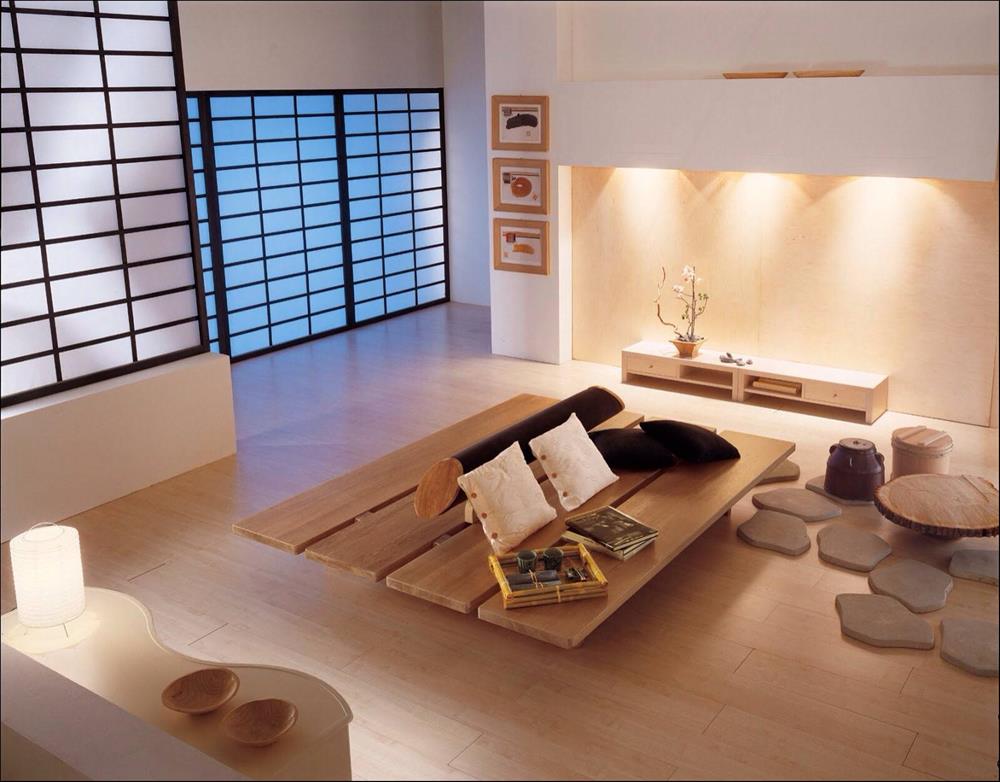
Source: Zen style in Japan. Using neutral, soft colors for usable spaces.
c. Green Spaces and Landscaping
The combination of green spaces and natural landscapes can promote the healing process. Gardens, terraces, or areas with greenery in living designs improve air quality and provide a sense of relaxation. Water features, such as fountains or small ponds, also help calm the mind and enhance relaxation.
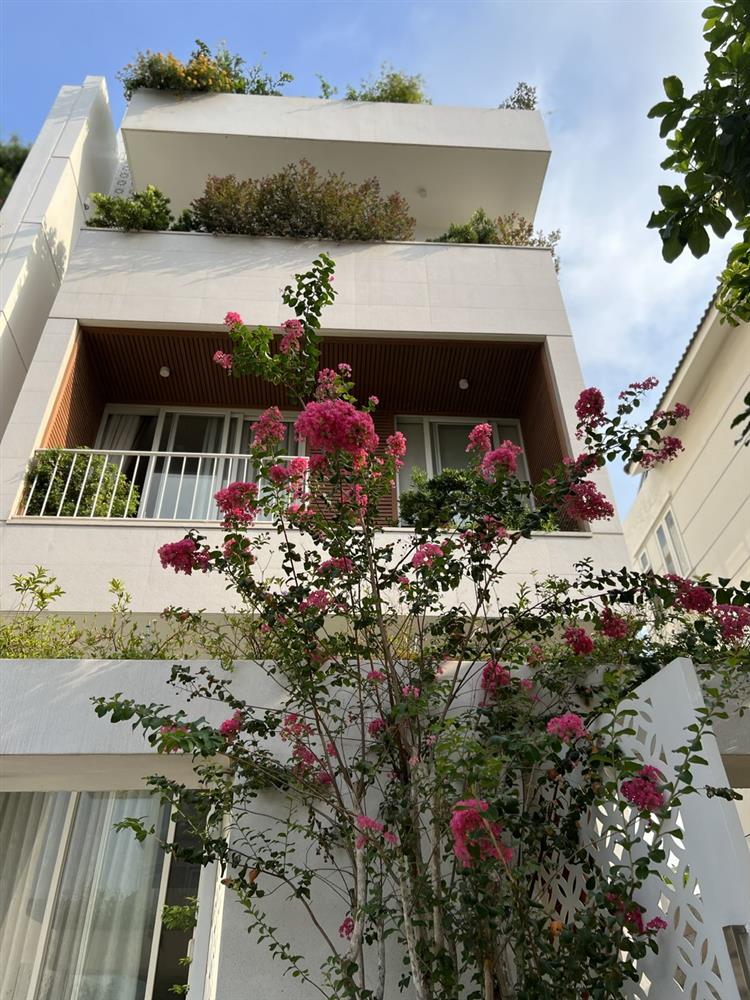
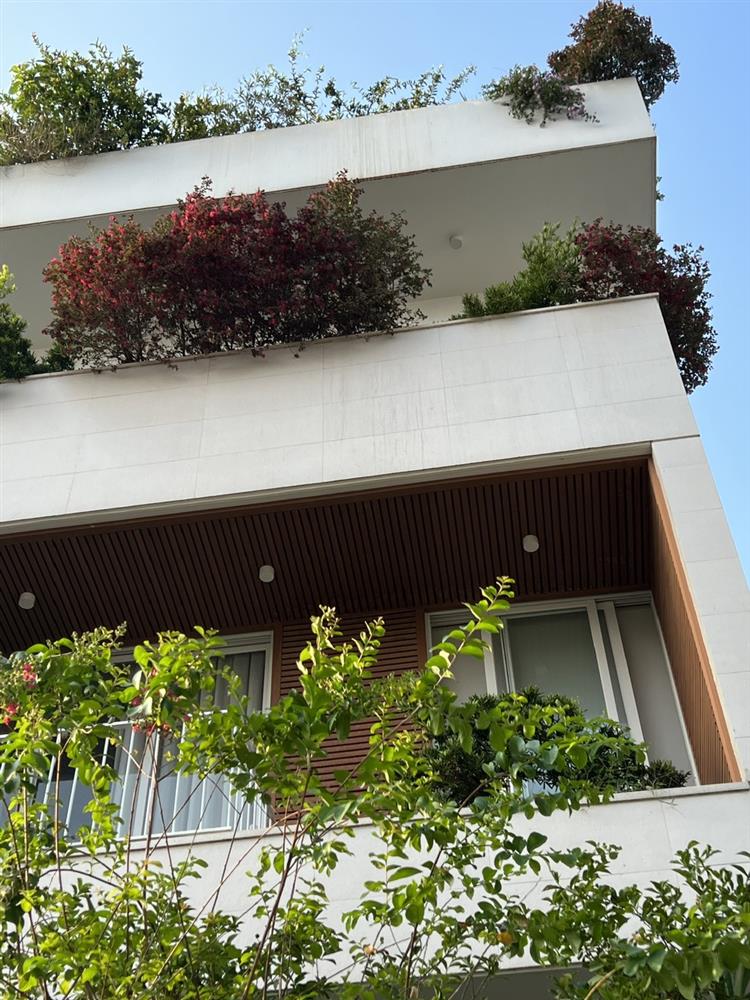
d. Sound and Harmony
Sound plays an important role in creating a healing environment. Thoughtful acoustic design, which includes minimizing unwanted noise and creating pleasant sounds, such as flowing water or birdsong, can reduce stress and create a peaceful space.
e. Social and Private Spaces
The design of social and private spaces needs careful consideration. Common areas should be designed to encourage communication and social connection, while private areas should provide tranquility and privacy for necessary moments of mental and physical recovery.
4. Conclusion
Healing through architecture is not just a design trend; it is an essential need in modern society. By integrating principles of light, materials, landscape, sound, and social space, architects can create environments that not only meet functional needs but also support the mental and physical health of individuals. In the future, the combination of design and healthcare will become increasingly important, opening new opportunities for architecture to become an indispensable part of each individual’s healing journey.




